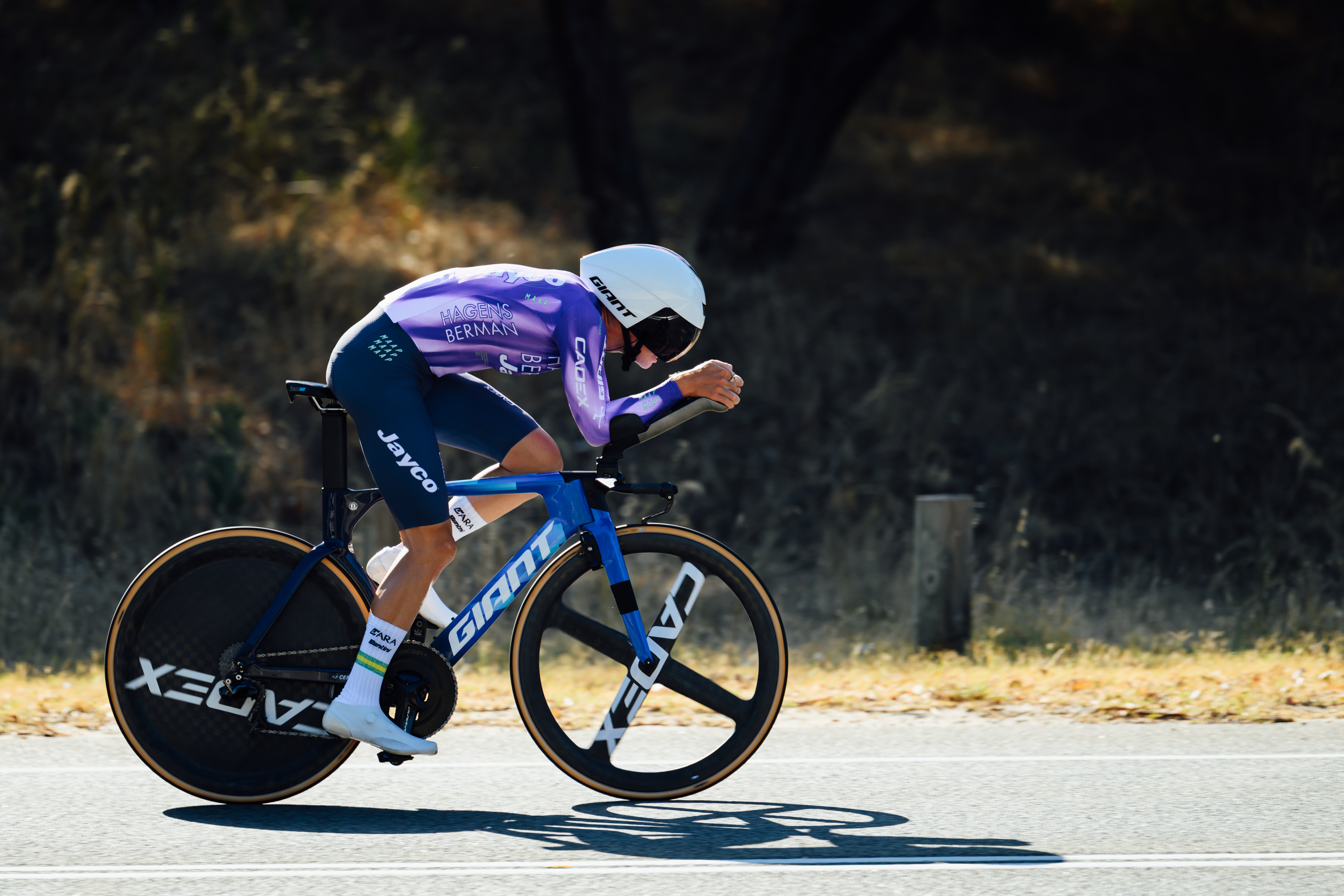Prudhomme defends decision to neutralise stage 3 of the Tour de France
"There were no ambulances left to look after 120 riders"
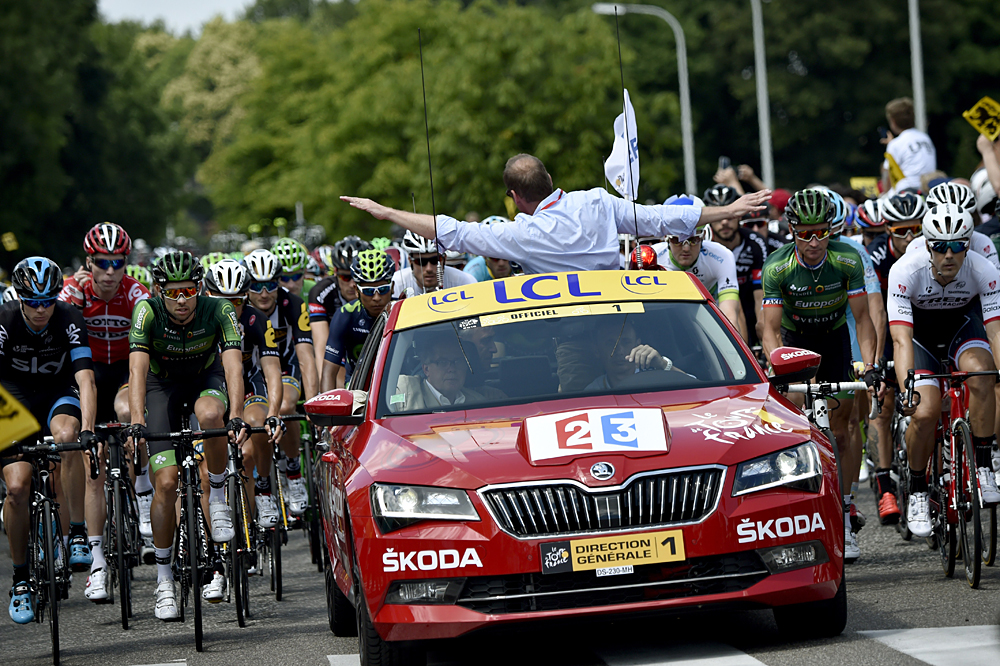
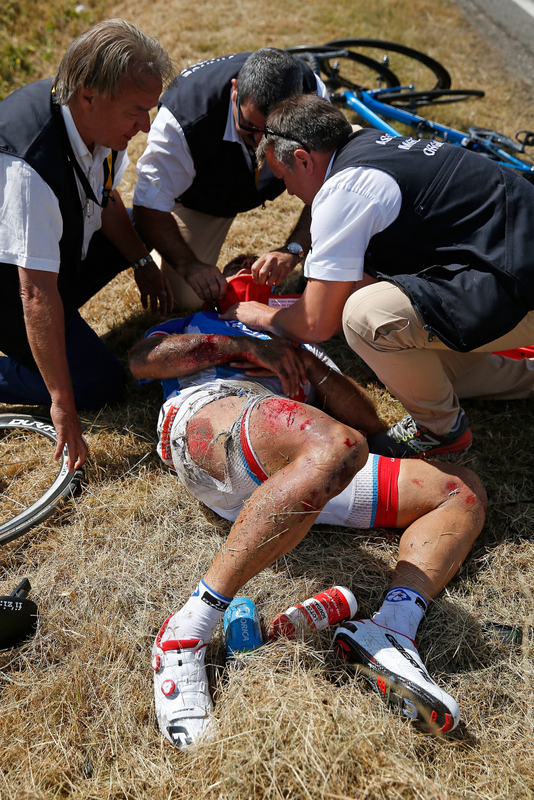
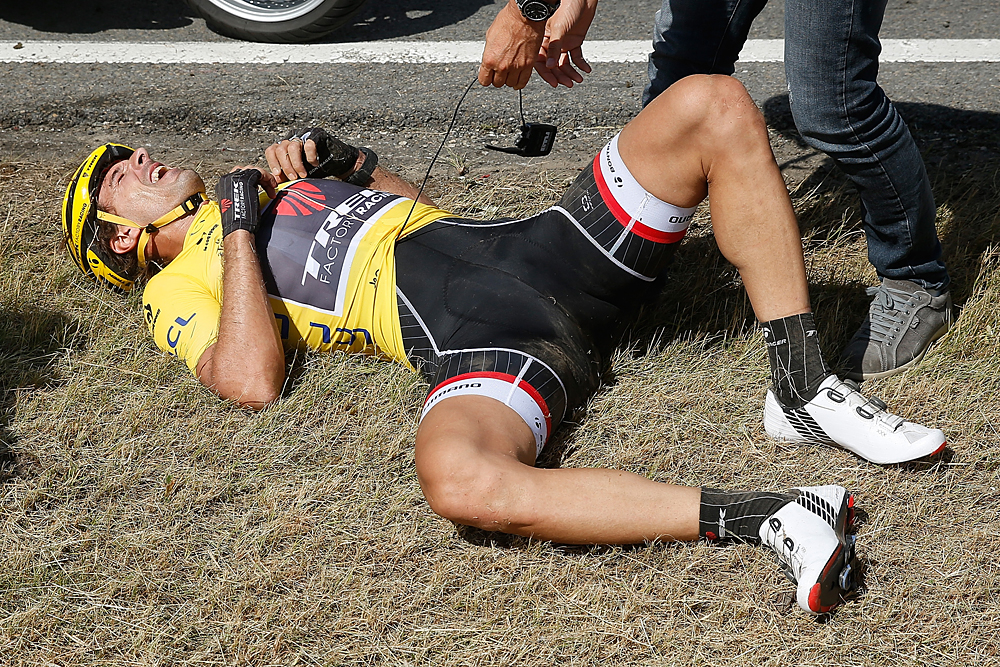
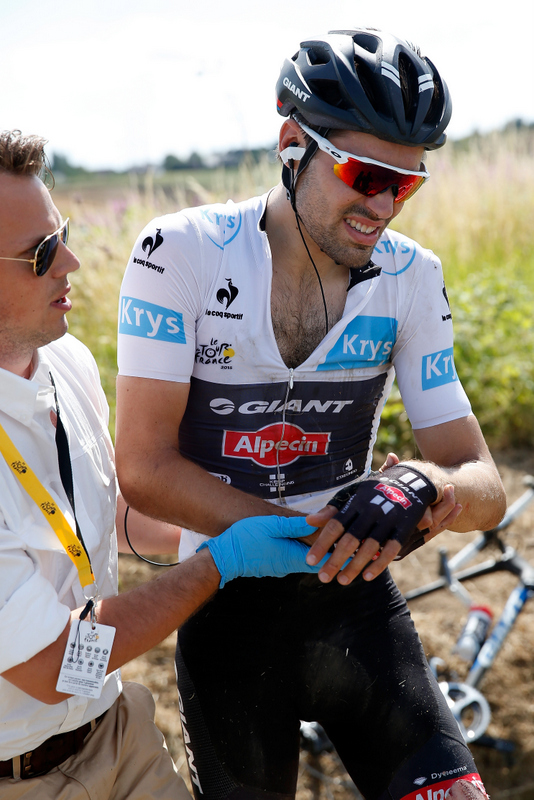
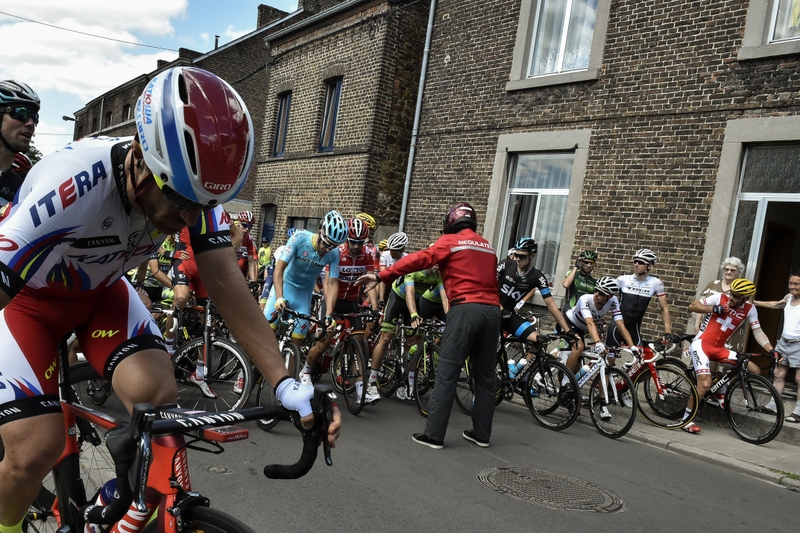
Tour de France director Christian Prudhomme has defended the unusual step of neutralising the race following a mass crash with 58 kilometres remaining on stage three from Antwerp to the Mur de Huy, explaining that it was decided to do so as all of the following ambulances and medical cars were occupied in provided assistance to fallen riders.
A statement issued by ASO said that following consultation between the race direction and the UCI commissaires, it was decided to apply 2.2.029 of the rulebook, which states: "In case of an accident or incident that could impinge upon the normal conduct of a race in general or a particular stage thereof, the Race Manager may, after obtaining the agreement of the Commissaires Panel decide to modify the course [or] temporarily to neutralise the race or stage."
"There was a spectacular crash which involved more than twenty riders and at that particular moment, nobody knew how serious their injuries would prove to be. There were riders with fractured collarbones and head injuries," Prudhomme told reporters afterwards.
"Shortly afterwards, many other riders went down, so it was 40 or so riders who were involved in total. The four ambulances and two medical cars were held up taking care of them, which meant that there was no ambulance left to look after the 120 riders in the peloton between there and the end of the race."
Maillot jaune Fabian Cancellara (Trek Factory Racing) was among those caught up in the crash, which forced Simon Gerrans (Orica-GreenEdge), Tom Dumoulin (Giant-Alpecin) and William Bonnet (FDJ) out of the race altogether. Traditionally in such circumstances, the peloton itself slows to allow the race leader to regain contact, but on this occasion, it was the Tour director Prudhomme who gave the order to neutralise the race from the sunroof of the lead car. Following a period of confusion that saw Sky briefly up the pace, the peloton came to a complete halt, allowing Cancellara and the other fallers who hadn't abandoned to catch up.
In years past, the Tour peloton has tended to come to a complete halt only when lodging a complaint with the race organisation, such as 1978's strike in Valence d'Agen to protest that year's lengthy transfers, or the 1998 demonstrations against police searches in the aftermath of the Festina Affair.
"The decision was taken jointly by Thierry Gouvenou, director of completion at ASO, and Guy Dobbelaere, the head of the UCI commissaires. For more than 15 years, since Jean-Marie Leblanc's time, representatives from the UCI and the race director have been in the same car," Prudhomme said.
The latest race content, interviews, features, reviews and expert buying guides, direct to your inbox!
Even when the peloton did resume pedalling, the race remained neutralised over the Côte de Bohissau, before re-starting in earnest with 50 kilometres remaining. The peloton eventually split on the approach to the finale at Mur de Huy, where Joaquim Rodriguez (Katusha) won the stage and Chris Froome (Sky) moved into the yellow jersey.
There were echoes of the corresponding stage of the 2010 Tour about Monday's neutralisation. On that occasion, as the race travelled to nearby Spa, it was Cancellara himself – then in the yellow jersey – who effected a controversial neutralisation of the peloton following a crash involving teammate Fränk Schleck.
Etixx-QuickStep manager Patrick Lefevere took to Twitter to criticise the decision to neutralise, and the feeling was shared by his directeurs sportifs on the race.
"For sure the last time in Spa we called him commissaire Cancellara. He does a good job, doesn't he? He has more power than the commissaires here," Brian Holm said.
"I saw a lot of big crashes before. I remember a crash in the Tirreno-Adriatico in 1987 but then there were only two guys left on the bike. That was another reason. Today was a somewhat normal crash. I'm very sorry for Dumoulin and Cancellara, for sure, but it was very strange."
Wilfried Peeters queried the validity of the delayed ambulances as an explanation for the neutralisation, and wondered whether an awkward precedent had been set.
"In every crash there's going to be a lack of ambulances. If there are two crashes in Paris-Roubaix then there's also no ambulance in the race. It's a tough call to make and it'll result in more problems in the future," he said. "I certainly thought it was a weird decision. There was a crash with the yellow jersey. If Froome will crash tomorrow will we have a neutralization?"
Others, including Cancellara and Trek Factory Racing manager Luca Guercilena, applauded the decision to neutralise the race, while LottoNL-Jumbo Nico Verhoeven said that he was already familiar with the rule that had been applied by the race direction and the commissaires.
"There's one rule which is in every rule book and that states that the jury always makes the call," Verhoeven said. "They can apply every rule in the spirit of the race.
"These were scenes like this three years ago in the stage to Metz but then they didn't neutralize the stage then. Luckily the jury learned that the organisation or the jury should take the initiative to neutralize if it's going badly."
Prudhomme acknowledged that as race director, he was unable to please his entire constituency in such circumstances.
"In a referendum, there can be 47% who don't agree," Prudhoome said when told that some riders and directeurs sportifs had voiced their complaints. "The riders themselves don't know exactly what has happened behind them and sometimes their earpieces don't work very well."

Barry Ryan was Head of Features at Cyclingnews. He has covered professional cycling since 2010, reporting from the Tour de France, Giro d’Italia and events from Argentina to Japan. His writing has appeared in The Independent, Procycling and Cycling Plus. He is the author of The Ascent: Sean Kelly, Stephen Roche and the Rise of Irish Cycling’s Golden Generation, published by Gill Books.
